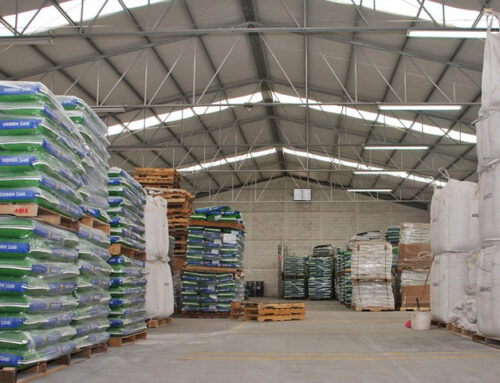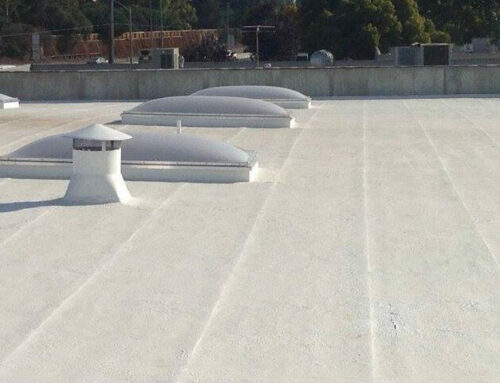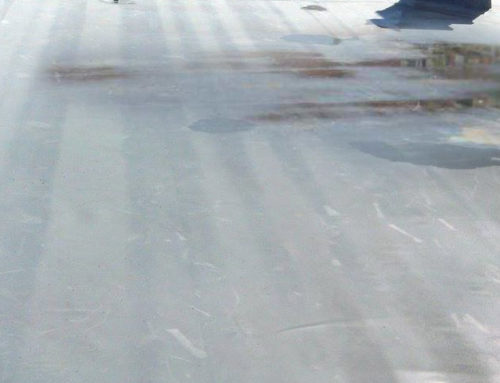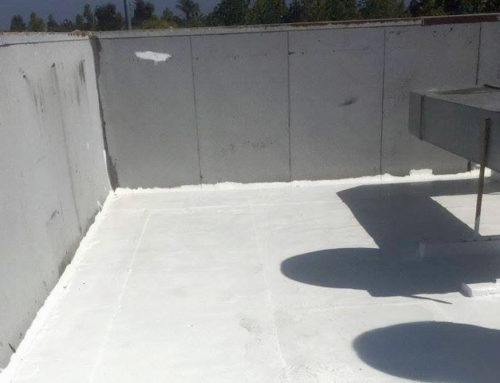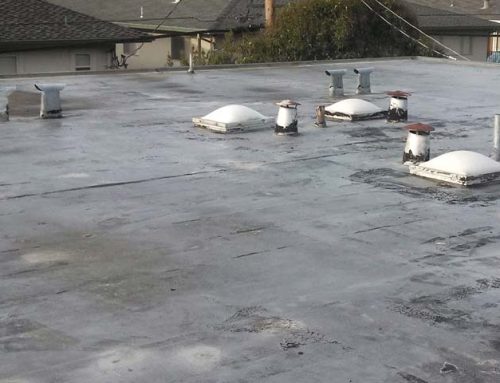When you’re choosing a commercial roof, you consider color a little less than you would with a residential roof. Few people will actually see a flat roof, and very rarely does the color have any impact on the appeal of the building. That is, unless you have roofing surfaces beneath taller parts of the building. But, even if you don’t, you should consider your commercial flat roofs color. They are generally available in black or white, but why, and which should you choose?
The Idea Behind White Roofing
Bitumen, the key ingredient in most roofing materials, is black. So, previously, roofing materials were all black. The problem is that black materials absorb a lot of heat from the sun. In the summer, with plenty of heat exposure, the roofs would absorb heat and radiate them down to the building below. This increases cooling costs substantially and, by using up so much energy, is a burden on any building’s effort to be sustainable.
So, manufacturers made white roofing products that could reflect the sun off the roof instead of absorbing it into the building. White naturally reflects more light, however, roofing materials may be treated with special reflective materials designed to reflect even more. The result is that the roof is much less hot and transfers less heat down into the building below. This reduces the strain on your air conditioning system and saves you on utility costs.
What About in Winter?
You might think that getting a white roof is a bit of a tradeoff. Sure, it reduces your cooling needs in the summer, but doesn’t that also mean it increases your heating costs in the winter? Afterall, the roof will not absorb as much heat in the winter when it is white. While that is true, it is usually most effective to deflect heat in the summer rather than absorb it in winter.
There is less sun in the winter than summer, and heating buildings is typically less expensive than cooling them. Therefore, it usually works out that a white roof will help you save more energy and money in utilities in than summer than it would help you save in the summer.
However, there are some downsides to having a white roof in a cold climate. It is essential to properly insulate white roofs, to avoid condensation issues in the winter. It is also more likely that snow will build up on cooler white roofs rather than melting off.
Not All White Roofs are Equal
While you might be working with a company that offers only one roofing type in white, you can actually get most of the major kinds of roofing in white. Commonly you can find white roofing in EPDM, TPO and modified bitumen roofing. It is best to choose the kind of roofing material that suits your needs for price, longevity, quality and installation, and then see if you can get it in white.



